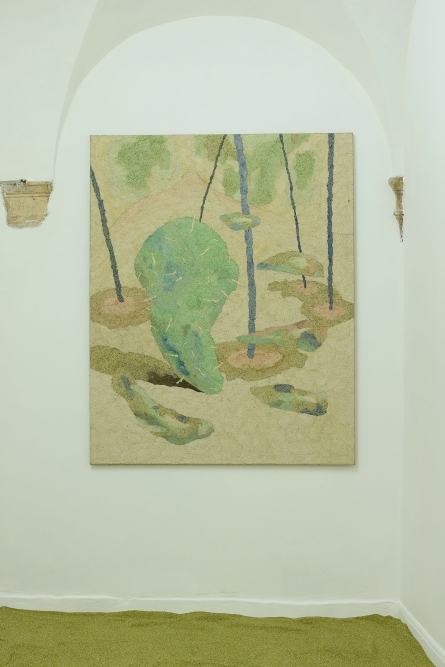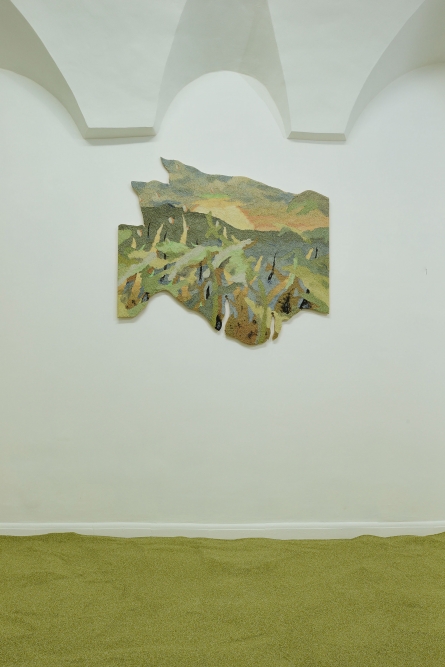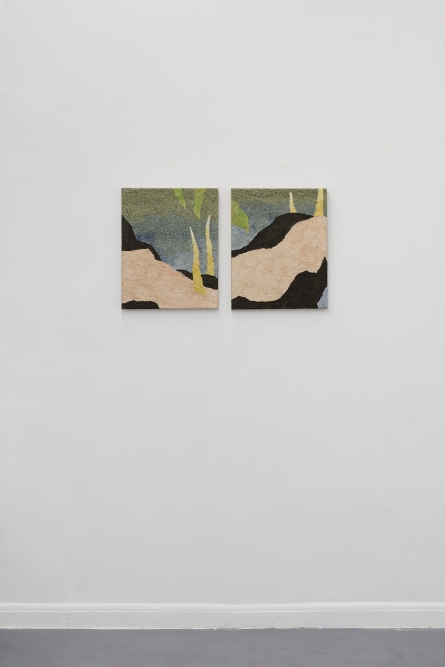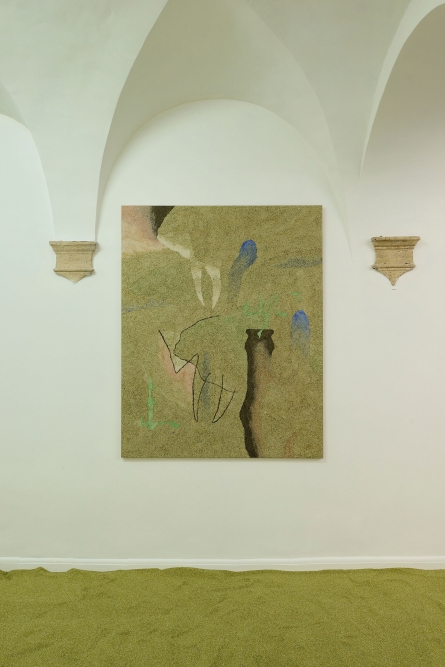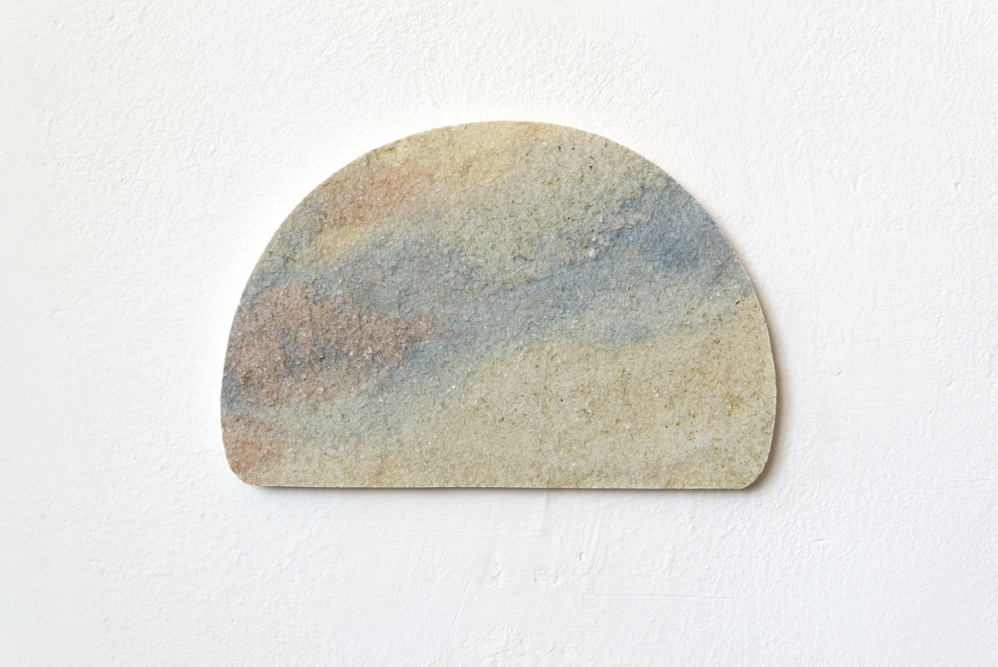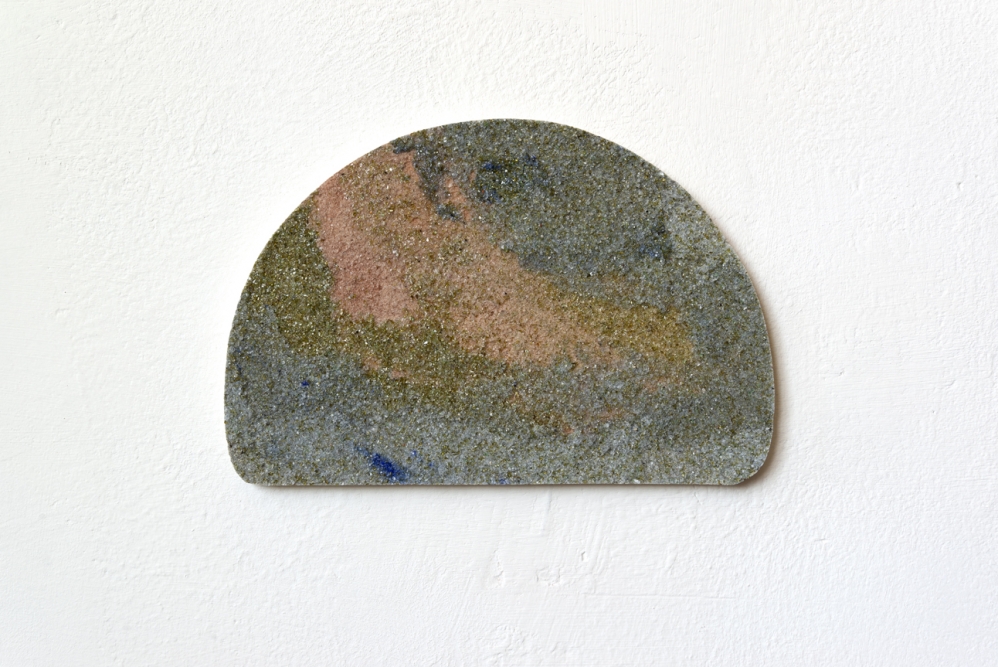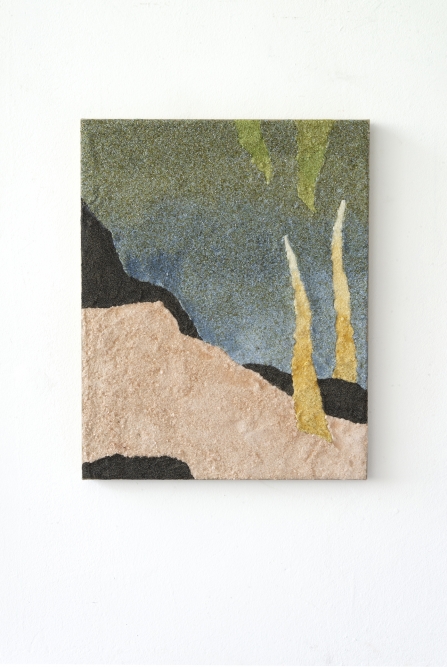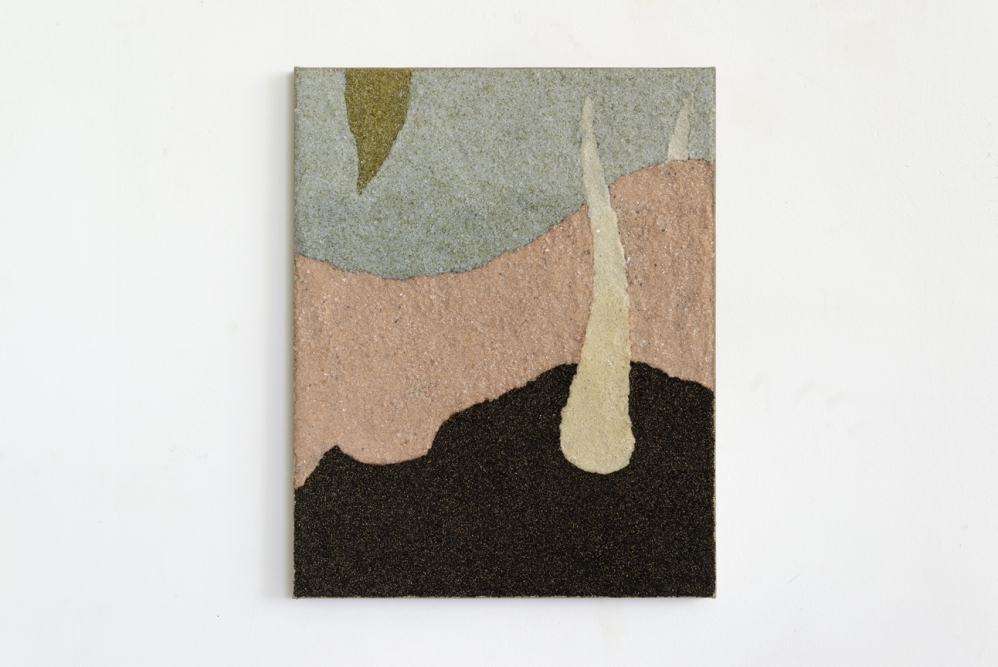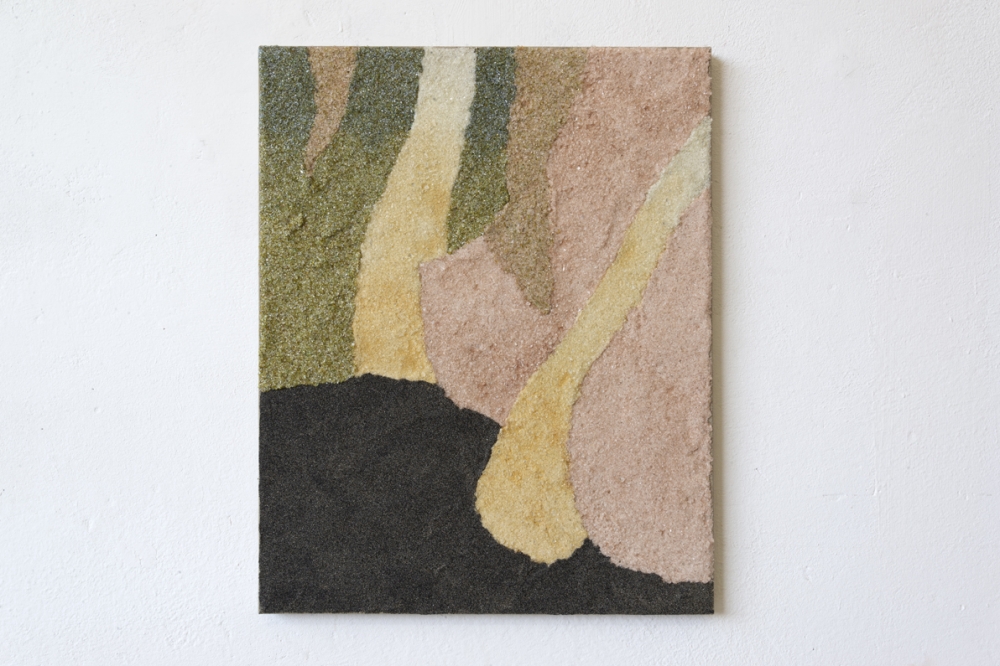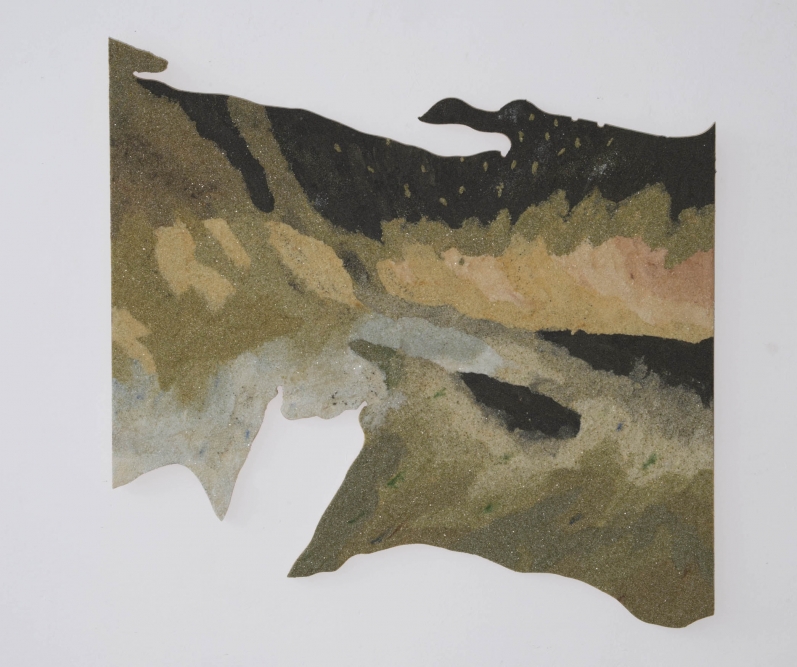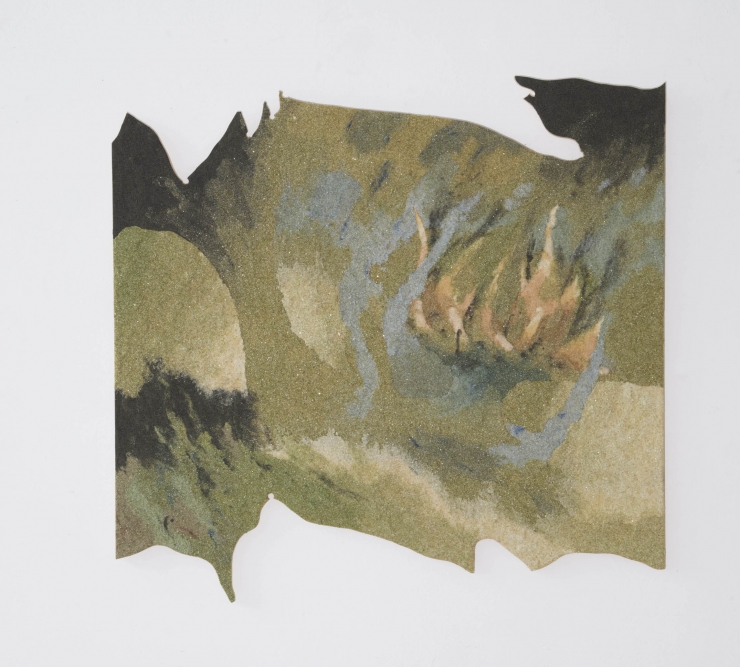MARCO EMMANUELE
Marco Emmanuele was born in Catania in 1986, he lives and works in Rome.
After completing engineering and architecture studies, approaches the visual arts with the spirit of a scientist who investigates matter in its possible expressive potential. The works entitled "ISO" are the most recent results with which the artist experiments with the pictorial nature of pigments made of glass paste and glue. Emmanuele combines pastel colors by building the images for flat backgrounds, with a result that shows clear formal similarities with the fresco and mosaic technique. The central element in Emmanuele's work is the light which plays an active role, it passing through the glass paste gives a particular brightness to the final composition.
Marco Emmanuele nasce a Catania nel 1986, vive e lavora a Roma.
Si avvicina alle arti visive dopo aver compiuto studi di ingegneria e architettura.
Nella sua ricerca rimane sempre saldo il rapporto con la tecnologia e la capacità dell’uomo di trasformare profondamente l’ambiente in cui vive. Egli si confronta con materiali di origine industriale come l’acciaio, la ceramica e il vetro, trasmutando la loro natura nel linguaggio artistico e indagandoli nelle loro potenzialità espressive.
Nella sua ultima ricerca ha sperimentato la pittoricità di pigmenti ottenuti mescolando colla e polveri di vetro. Quest’ultimo elemento è scelto da Emmanuele tra i detriti raccolti in spiaggia, differenziato per colore e macinato fino a renderlo pronto alla stesura sulla tela o sulla tavola. L’artista accosta cromie pastello costruendo le immagini per campiture piatte e materiche, con un risultato che mostra decise assonanze visive con la tecnica dell’affresco e del mosaico



